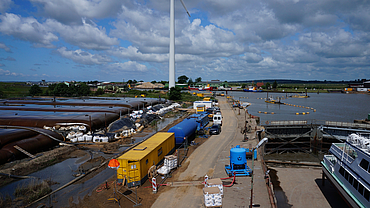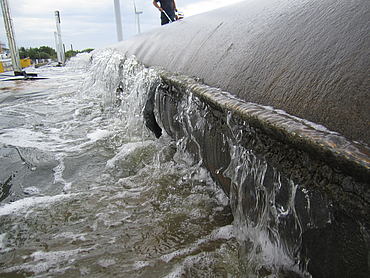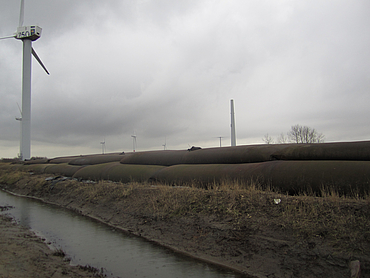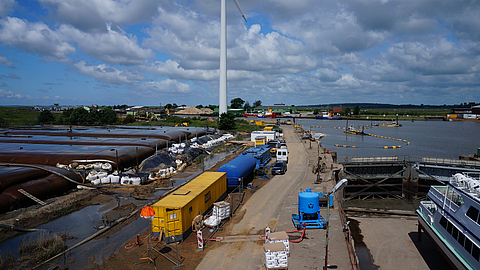
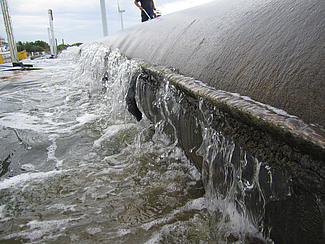
Economical maintenance dredging
Project information
Construction project
Maintenance dredging at Husum docksCustomer
Landesbetrieb Küstenschutz, Nationalpark und Meeresschutz (Government-Owned Company for Coastal Protection, National Parks and Ocean Protection), HusumConstruction
KLAAR Nassbaggertechnik GmbHLocation
Husum , DEPlaning
Inros Lackner SEConstruction time
May to July 2014Products used
Project details

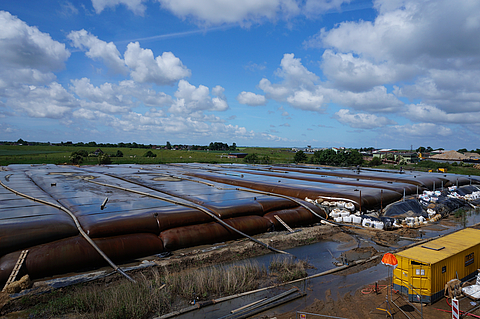
Project description
Until a worldwide ban was imposed in 2003, tributyltin (better known as TBT) was used as an anti-fouling agent in ship hull coatings to prevent the growth of marine organisms. The heavy pollution by this toxic biocide of the sediments at Husum docks prevented the adoption of the standard maintenance dredging procedure to safeguard navigability, which involves sediment redistribution by means of water injection. A removal of the sediments was thus the only option.
Solution
After careful consideration of all the rehabilitation options – with due regard for environmental protection, nature conservation, technical feasibility, cost-effectiveness and eligibility for planning approval – a consortium comprising Bioconsult Schuchardt & Scholle and Inros Lackner SE was commissioned by the Landesbetrieb Küstenschutz, Nationalpark und Meeresschutz (Government-Owned Company for Coastal Protection, National Parks and Ocean Protection) in Husum to develop a preferred option.The rehabilitation scheme provided for the hydraulic extraction by suction dredger of approx. 50,000 m3 of polluted dock silt, followed by its dewatering and storage in geotextile tubes. This procedure combines eco-friendly hydraulic removal of the sediments with efficient encapsulation and drainage of the material within the geotextile dewatering tubes. The sediments were removed by KLAAR Nassbaggertechnik in the spring of 2014 using dewatering tubes supplied by HUESKER. The large-format geotextile containers made from high-performance woven filter material and with a capacity of up to 1,700 m3 allow the water to escape while retaining the particles inside the tube. Two cutter-suction dredgers were used to pump the sediment via pipelines, following the addition of polymers, into the large-volume tubes at the dewatering site immediately adjoining the dock basin.
Benefits
This static gravity dewatering method excels by its high process capacity compared to mechanical dewatering methods and the lower, long-term space requirement compared to dredged spoil disposal areas. Triple-layer stacking of the tubes allowed the dewatering and permanent encapsulation of the 50,000 m3 of polluted material at the available site.
Further information




